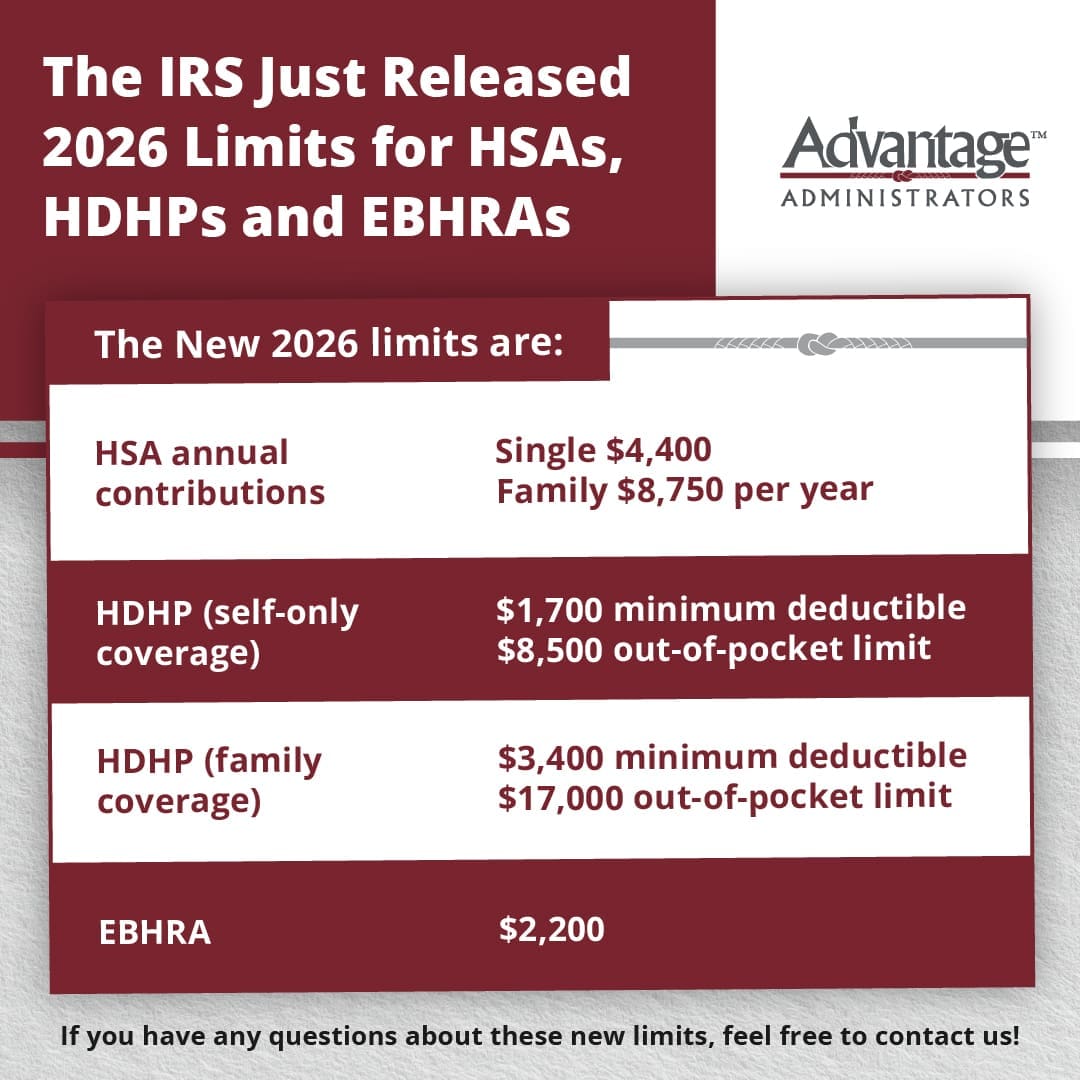How to Communicate Employee Benefits with a Multi-Generational Workforce
For the first time in history, there are five generations of people working side by side. As a result, employers have their work cut out for them when it comes to discussing employee benefits since each generation has different needs. The oldest workers were born between 1928 and 1945. Part of the Silent Generation, they make up three percent of the workforce and may only be working as a way to stay active.
But how do you communicate essential benefits information with the four generations who make up the bulk of the American workforce? It helps to know a little bit about each group of workers first so that you can reach them effectively.
Baby Boomers (1946-1964)

Born in the years following World War II, baby boomers make up around 23 percent of the American population. Also known as the Me Generation, boomers value individualism and self-actualization, and strive to achieve the goals of their youth.
With the youngest boomers now in their fifties, many in this generation find themselves putting off retirement in order to maintain a sense of purpose. At this point in life, most boomers are not eager to take many financial risks. Security is a high priority for them; despite being the wealthiest generation in history thanks to a long period of economic growth during their peak earning years, a third of boomers have nothing saved for retirement.
From telemedicine tools to online patient portals, baby boomers are the first aging generation to embrace technology as part of their healthcare experience. On average, they spend more time online in a week than they do watching TV, so find them online. Providing educational resources on available benefits—such as HSAs and FSAs—can help boomers set and achieve their financial goals.
Generation X (1965-1980)
 Sandwiched between two much larger generations, members of Generation X are also known as the Latchkey Generation. They learned independence at a young age, since they spent a lot of time alone as children while their parents worked. Though this group is often stereotypically defined as being very status-oriented, Gen Xers are also credited with finding a balance between work and life in a quest to avoid burnout.
Sandwiched between two much larger generations, members of Generation X are also known as the Latchkey Generation. They learned independence at a young age, since they spent a lot of time alone as children while their parents worked. Though this group is often stereotypically defined as being very status-oriented, Gen Xers are also credited with finding a balance between work and life in a quest to avoid burnout.
Pragmatic and individualistic, this group prefers independent work with minimal supervision. They value recognition and feedback as well as autonomy, and believe promotions should be the result of competence instead of seniority.
Depending on which end of the generational spectrum they were born on, Gen X employees may have more in common with baby boomers or millennials when it comes to technology usage. Many Gen Xers use digital tools like online banking for their convenience factor, so they may appreciate tools like the online benefit accounts and mobile app from Advantage Administrators. Video and social media are other avenues that may be effective, since Gen Xers are responsible for 1.5 billion YouTube views every day and typically use social media 40 minutes more in a week than millennials.
Millennials (1981-1996)
 The largest and most diverse living generation in American history, millennials comprise the largest and fastest-growing segment of the U.S. workforce. Roughly a third of American workers today are part of this generation. They entered the workforce with historic levels of student debt during a period of economic turmoil, which delayed full independence for many. Although they are more educated than any other young cohort, millennials are often labeled as entitled and impatient, and are regularly criticized for—if the stereotypes are to be believed—expecting to be consistently praised for their efforts, regardless of how well they perform.
The largest and most diverse living generation in American history, millennials comprise the largest and fastest-growing segment of the U.S. workforce. Roughly a third of American workers today are part of this generation. They entered the workforce with historic levels of student debt during a period of economic turmoil, which delayed full independence for many. Although they are more educated than any other young cohort, millennials are often labeled as entitled and impatient, and are regularly criticized for—if the stereotypes are to be believed—expecting to be consistently praised for their efforts, regardless of how well they perform.
Despite the stereotypes, many millennials are engaged with their communities. They care about corporate responsibility and making a difference in the world. Millennials want the same things from life as previous generations, but the difference between millennials and their predecessors lies in how they want those things.
Known for being digital natives, millennials are comfortable using online tools and resources, such as our blog, to learn about healthcare benefits. However, creating plans that foster human connection is essential to preventing loneliness in a generation that interacts with their smartphones more than they do with other people. Reach them where they are—online—but also make it easy for them to form long-term relationships with providers they can trust.
Generation Z (1997-2012)
 Comprising a quarter of America’s population, Generation Z is an even larger group than the baby boomers or the millennials. Members of Gen Z were born at the end of the twentieth century and the beginning of the twenty-first and, as a result, are coming of age (if they haven’t already) during an age of remarkably rapid technological advancement, making them the most digitally ensconced generation in history. They also stand poised to be the most educated generation ever.
Comprising a quarter of America’s population, Generation Z is an even larger group than the baby boomers or the millennials. Members of Gen Z were born at the end of the twentieth century and the beginning of the twenty-first and, as a result, are coming of age (if they haven’t already) during an age of remarkably rapid technological advancement, making them the most digitally ensconced generation in history. They also stand poised to be the most educated generation ever.
Gen Zers both resemble and differ from their millennial predecessors in important ways. In politics and social opinions, they are much like millennials, but they differ in that they tend to be much more economical. They expect clear directions, structure, and transparency.
One of the intriguing things about Generation Z is that 53 percent of people in this generation prefer face-to-face communication, so start a conversation with these employees about their benefits. Connecting them with a healthcare mentor will provide them with someone to bounce questions and concerns off of. Also consider selective social media efforts that encourage engagement. It’s important to keep in mind, though, that the social media channels Gen Z prefers differ from other generations—while older workers may prefer Facebook, younger workers prefer Snapchat, YouTube, and Instagram. Our YouTube channel offers information on a variety of topics, including HSAs, FSAs, commuter benefits, and more.
One Size Does Not Fit All
When it comes to helping employees understand their benefits and prepare for the future, it’s important to personalize your approach to ensure that your benefits information doesn’t fall on deaf ears. Each employee has different needs and different communication preferences. For more ideas on how best to reach your employees, contact Advantage Administrators today










 Flex Plans
Flex Plans Forms
Forms HSA
HSA HRA
HRA Retirement
Retirement Health Shopper
Health Shopper FSA Store
FSA Store

 Sandwiched between two much larger generations, members of Generation X are also known as the Latchkey Generation. They learned independence at a young age, since they spent a lot of time alone as children while their parents worked. Though this group is often stereotypically defined as being very status-oriented, Gen Xers are also credited with finding a balance between work and life in a quest to avoid burnout.
Sandwiched between two much larger generations, members of Generation X are also known as the Latchkey Generation. They learned independence at a young age, since they spent a lot of time alone as children while their parents worked. Though this group is often stereotypically defined as being very status-oriented, Gen Xers are also credited with finding a balance between work and life in a quest to avoid burnout. The largest and most diverse living generation in American history, millennials comprise the largest and fastest-growing segment of the U.S. workforce. Roughly a third of American workers today are part of this generation. They entered the workforce with historic levels of student debt during a period of economic turmoil, which delayed full independence for many. Although they are more educated than any other young cohort, millennials are often labeled as entitled and impatient, and are regularly criticized for—if the stereotypes are to be believed—expecting to be consistently praised for their efforts, regardless of how well they perform.
The largest and most diverse living generation in American history, millennials comprise the largest and fastest-growing segment of the U.S. workforce. Roughly a third of American workers today are part of this generation. They entered the workforce with historic levels of student debt during a period of economic turmoil, which delayed full independence for many. Although they are more educated than any other young cohort, millennials are often labeled as entitled and impatient, and are regularly criticized for—if the stereotypes are to be believed—expecting to be consistently praised for their efforts, regardless of how well they perform. Comprising a quarter of America’s population, Generation Z is an even larger group than the baby boomers or the millennials. Members of Gen Z were born at the end of the twentieth century and the beginning of the twenty-first and, as a result, are coming of age (if they haven’t already) during an age of remarkably rapid technological advancement, making them the most digitally ensconced generation in history. They also stand poised to be the most educated generation ever.
Comprising a quarter of America’s population, Generation Z is an even larger group than the baby boomers or the millennials. Members of Gen Z were born at the end of the twentieth century and the beginning of the twenty-first and, as a result, are coming of age (if they haven’t already) during an age of remarkably rapid technological advancement, making them the most digitally ensconced generation in history. They also stand poised to be the most educated generation ever.